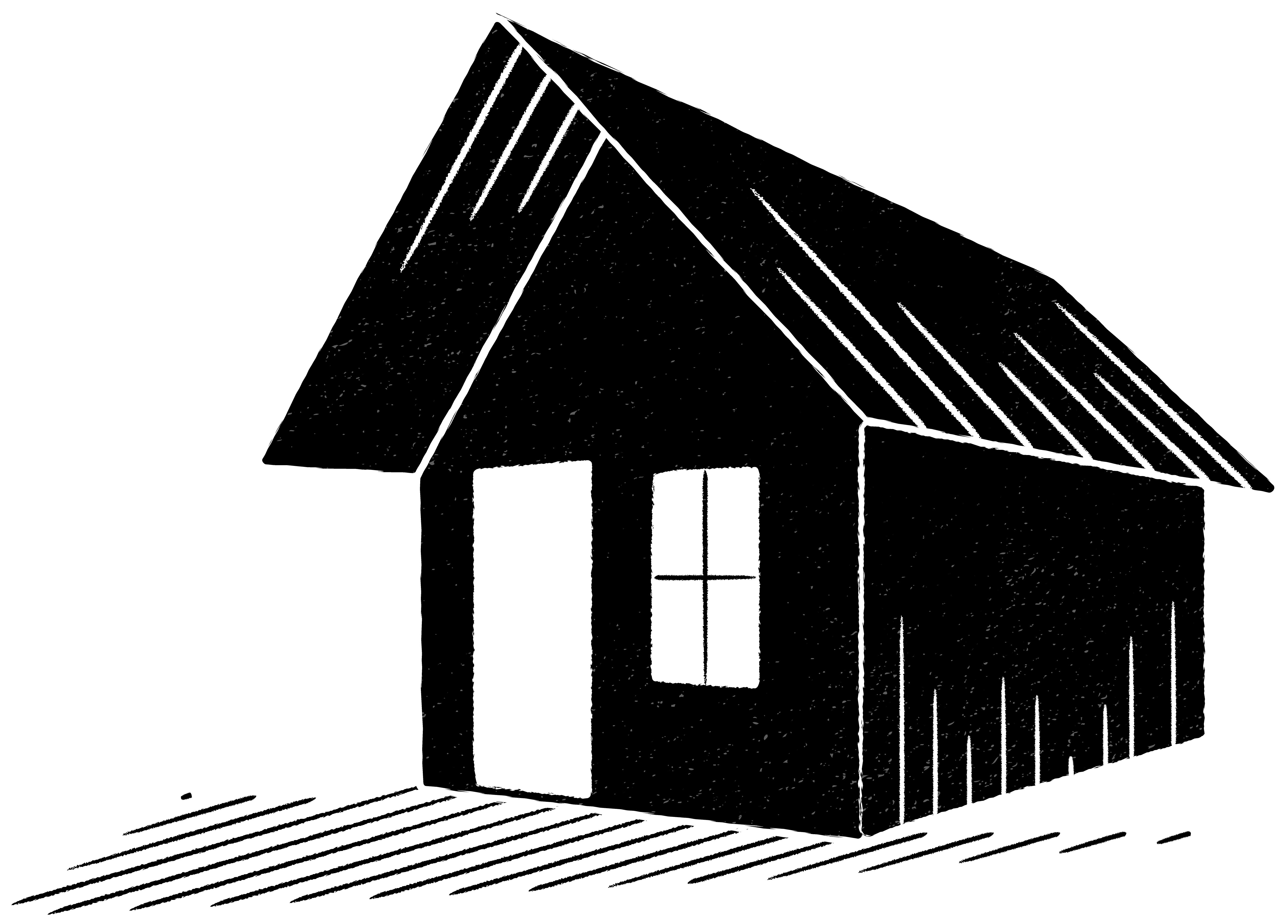Set in the 16th century, Joshua Warren’s The Gatekeeper sees a grieving nobleman and his servant attempting to track down an alleged necromancer who lives in the Derbyshire countryside. It’s a dark tale of occult manipulation which takes twists and turns, resulting in a truly psychedelic finale. Warren’s direction, accompanied by Cinematographer James Medcraft’s soaring visuals, showcase how much can be achieved visually on a tight budget without sacrificing the story. Twelve Cabins is excited to premiere The Gatekeeper today, and caught up with Warren to discuss how he drew from gothic novels and Ingmar Bergman when creating his baroque horror.
What attracted you to make a film both in a period setting and with a dark, horror sensibility?
Just a keen personal interest in the occult and folk horror. Specifically, I think that I’m drawn to making dark and atmospheric films.
Where did the concept for the narrative of The Gatekeeper come from?
I was driving through the Peak District visiting family and I spotted an old bridge, and thought that would be a great place to shoot. After furiously googling trying to figure out the exact spot I realised I remembered it way better and then ended up in a research hole looking for a bridge I thought I saw. I was reading a bunch of the Northanger gothic novels at the time and one that stuck with me was The Necromancer; or Tales of the Black Forest by Ludwig Flammenberg and so my first treatment was loosely based on that and it grew from there when our Writer Harry Warren, my brother, got involved.
What did you learn from researching the time period and necromancy?
Lots of great stuff. We were looking for instances of overlap between the nobility and the occult, and interestingly came across something regarding the Earl of Rutland who had lost two sons in their infancy and blamed it on witchcraft. The family was associated with Haddon Hall at the time, close to the locations we shot at.
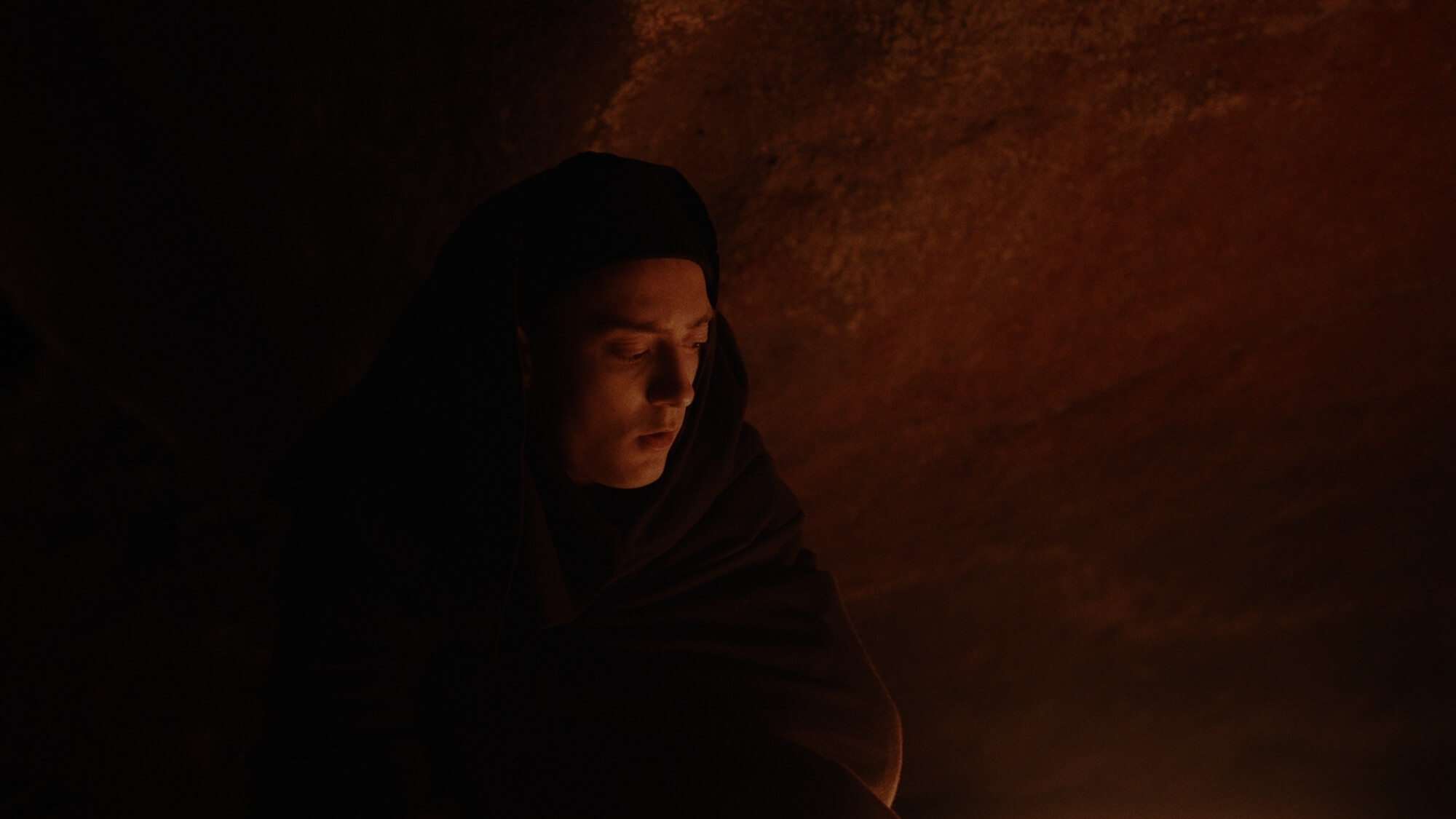
The cinematography is gorgeous. Did you draw influence from any particular imagery?
The baroque period was a huge influence, as well as the classic folk horror, of course Bergman, and there were loads that I and the DP James Medcraft had collated but a couple of standouts for me were, Judas by Il’ya Repin, Watendlath Bridge by Anne Sudworth and the screaming pope paintings by Francis Bacon.
It’s a really impressive production too. You’re using horses in remote locations with actors in period clothing. How much of a challenge was the shoot practically?
Thank you, it was a huge challenge. There were some really tough moments, but thankfully we had an amazing cast and crew. We had a very small budget, we couldn’t afford an art director or costume designer, those duties were handled by between myself and the producer Jamie McCubbin, we even shared the catering too! We were also really lucky to find Calvary of Heroes, the horse wranglers, they were such lovely people (and horses), I want to find a reason to shoot horses so I can work with them again! I was also extremely fortunate to be working for Time Based Arts during the production and they very kindly helped out with the post-production as well as the Editor Gary Coogan and everyone at The Quarry.
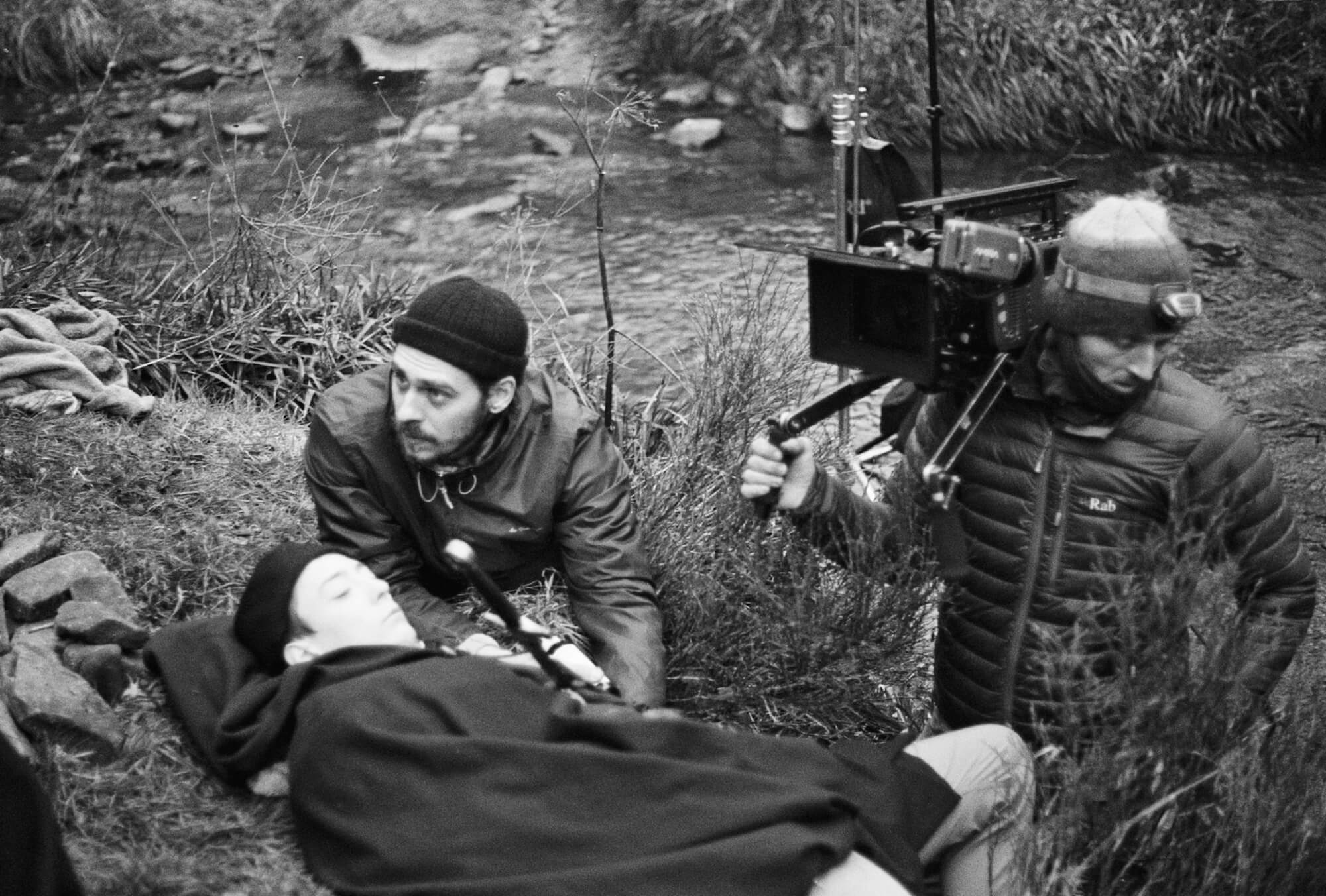
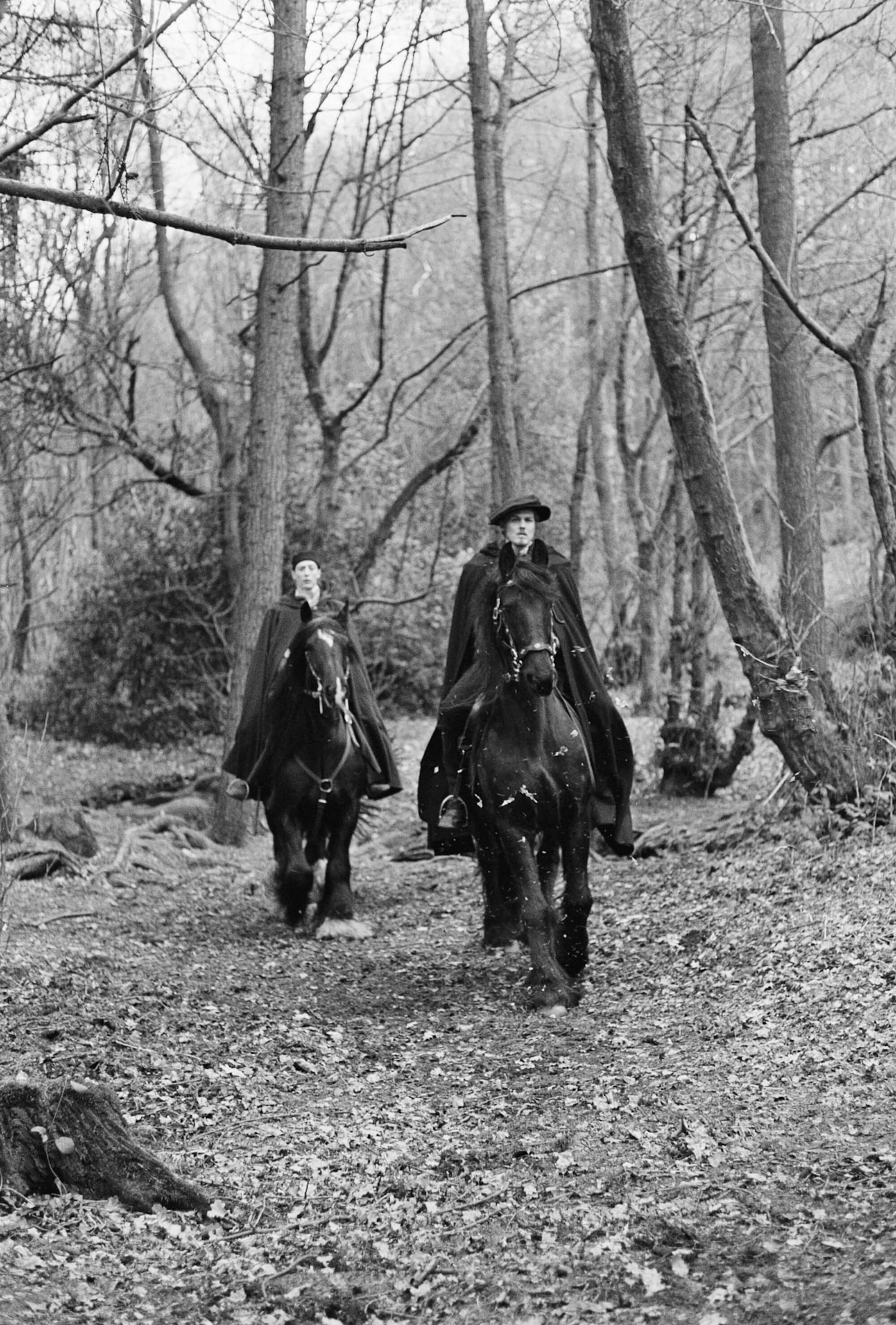
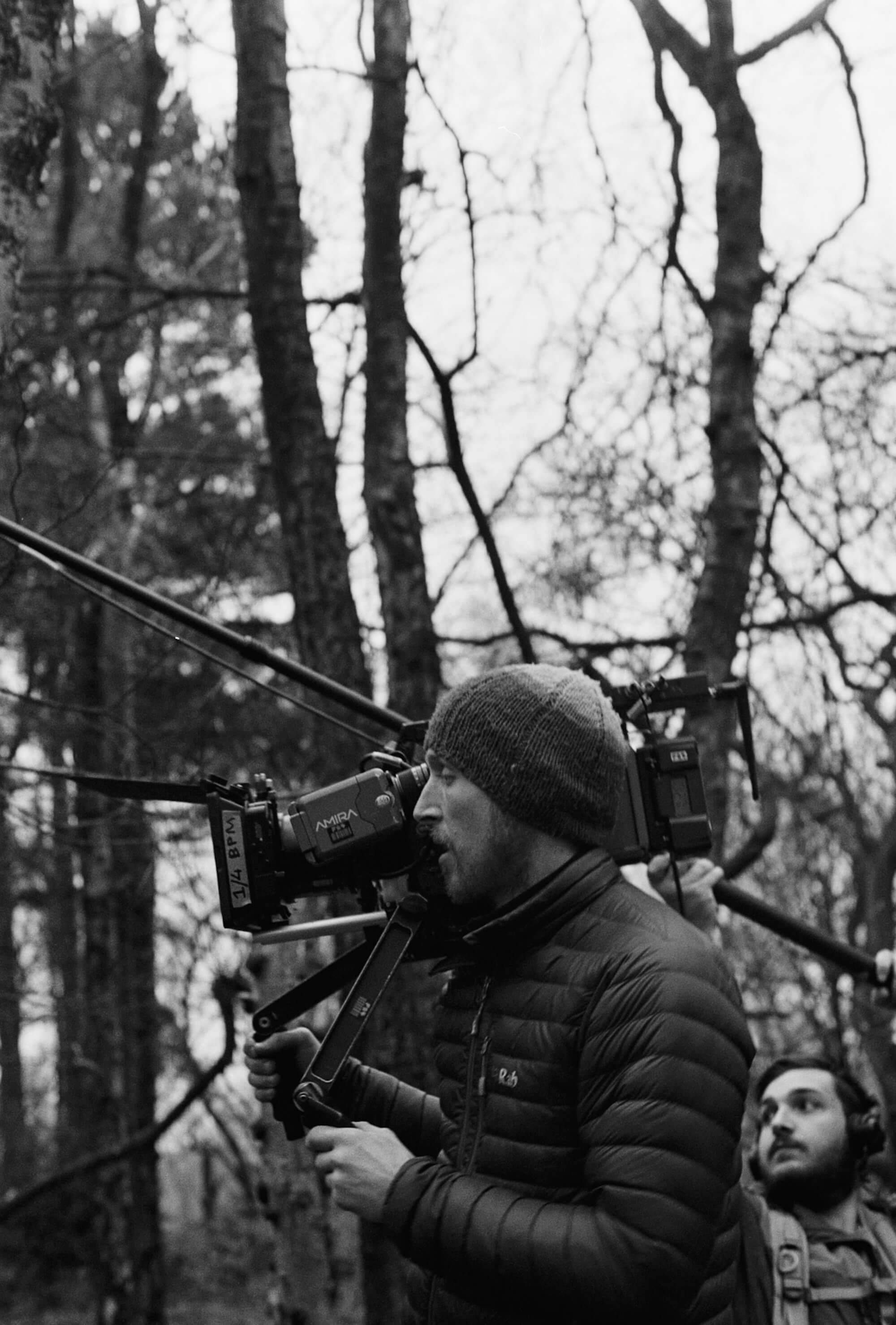
Could you walk us through the creating the finale? What did you set out to achieve and how did you pull it off visually?
When researching my brother and I found an image that had the caption théorie de l’évocation magique (magic evocation theory), basically a realm, that we twisted into a kind of Pandora’s Box that the nobleman character is willingly manipulated into passing through. Visually I wanted to allude to that rather than show it out right and that’s where the idea to stick with the nobleman as he passes through came about. This particular section was a mixture of shooting on location and in a studio. We spent a lot of time matching the lighting and perspectives, using it as a practical effect to make plates for the dedicated VFX team to stitch together. There were some great things I learnt from shooting that sequence, like using foil to replicate water shimmer lighting.
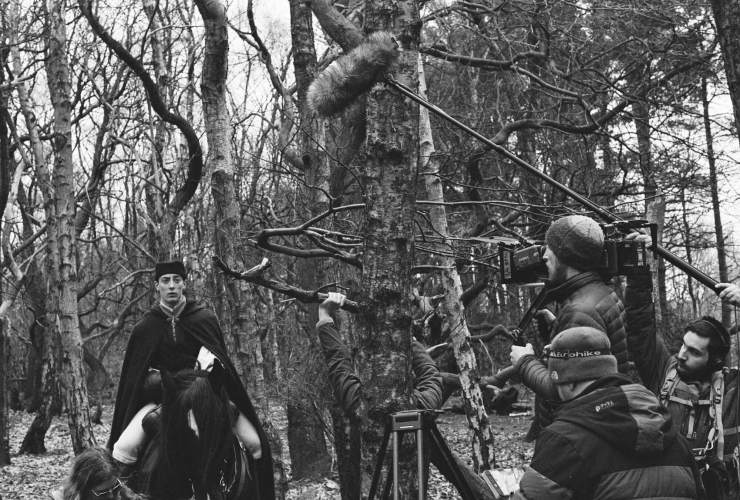
What were the key filmmaking lessons you learnt from making a film this ambitious?
Finding balance is really key, in every area of a production. I found it’s best not to rely to heavily on specific departments at the detriment of another, something that came back to haunt us after shooting.
What’re you working on next?
Another short, set in the late ’30s on the eve of war. This one follows a disgraced medium on a last-ditch tour, trying to squeeze some extra cash out of his con, when things take a dark turn during one of his seances. Hopefully I get to shoot that soon. We’re also busy developing some feature ideas, too!
The Gatekeeper was programmed by the Twelve Cabins team after being sent through our submissions route on FilmFreeway. If you’d like to see your film on our pages, submit here.
